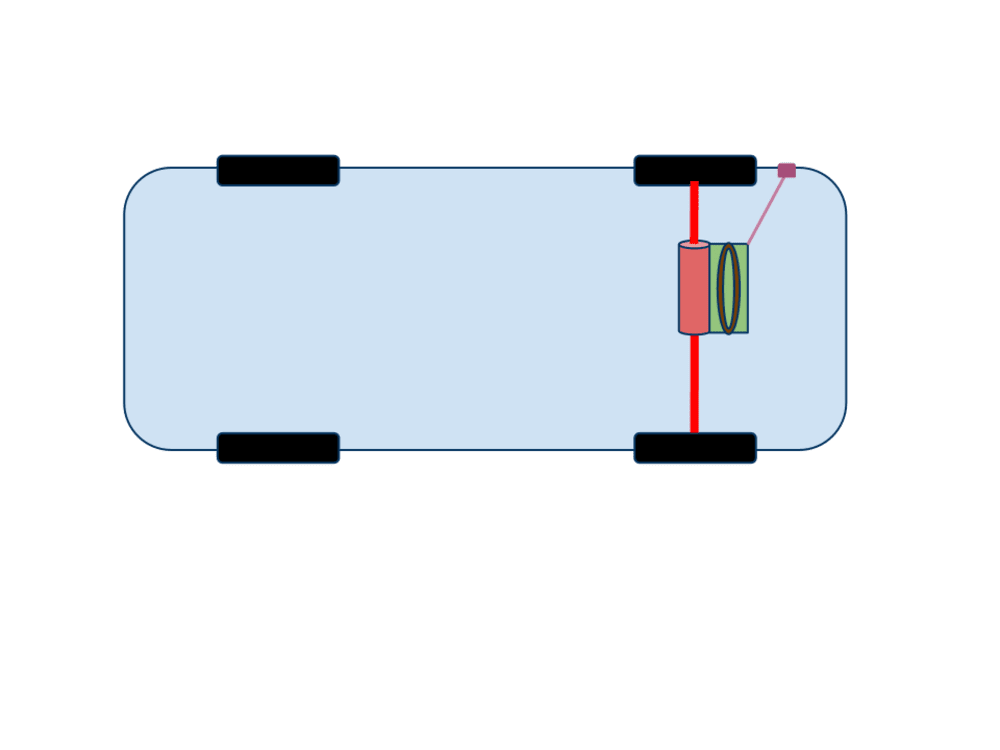Vehicle propulsion systems are the integration of energy storage (diesel, gasoline, batteries etc) with energy transformation (chemical to mechanical, chemical to electrical to mechanical, etc) systems. For an electric (core technology) based vehicles, electric storage in batteries has been limiting. Power conversion from high voltage to high current systems used in existing designs are inefficient and the thick copper cabling required to carry such currents with little loss leads to extensive cost and weight issues.
Using a systems based approach to design and prior innovations by the PI, a power-train system has been designed and developed that is light weight with very high energy densities. A SuperUltraCapacitor, power controller, motor, charging system and regenerative braking system, all capable of operating at voltages over 100KV, have been designed in this systems approach using the advantages of the high voltage for energy storage and motor power. For example, a SuperUltraCapacitor charged to 130KV of our design can store more than 50Mega Joules per Liter, greatly exceeding that of gasoline.
The automotive industry has been waiting for energy storage densities that rival gasoline, which this applied research provides through the exploitation of the energy capacity of capacitors at ultra-high voltages. Our initial calculations show a greater than 50MJ/l energy density, whereas gasoline has an energy density of only 34MJ/l. Higher energy densities due to additional systems level design considerations may be possible.
The automotive industry has concerns about charging time for personal vehicles, which this applied research will solve due to the ability of capacitors to accept charge without the resistive nature of electrochemical batteries, especially at high charging rates. With such a capacitor, the injected charge is only limited by the resistance of the supply line components, not the device itself. Therefore, the rate of charge can easily exceed that of even a utility substation which can provide 115KV at 44A or 5MegaWatts. Therefore, with a direct connection to the utility power grid, the system can charge a 15KWH battery in under 1 minute, which is equivalent to filling a car-sized tank with gasoline, however few will have access to such power due to power grid limitations. Compared to the 8 hour charge time of existing battery based charging, and even compared to the 30 minute battery based Level 3 charging proposed in SAE J1772, the SuperUltraCapacitor design greatly exceeds the performance capabilities possible today. The fast capacitor charging time means that a fleet of such cars will be able to smooth peak power production in situations where the generation is very volatile such as wind dominated regions.
Heavy duty vehicles such as trucks, trams, and locomotives require high torque motors. Electrostatic motors have their peak torque at zero (0) RPM and are therefore ideal for such designs. A linear form of the motor could be used to develop an electrostatic levitation based train with the advantages of a lighter weight train, low current power supply, no cryogenic cooling requirements, and no need for rare-earth materials.
Like this entry?
-
About the Entrant
- Name:David Rivkin
- Type of entry:teamTeam members:Prof. David A. Rivkin, PhD
- Hardware used for this entry:Asus PCSoftware used for this entry:SciLab
- Patent status:none

